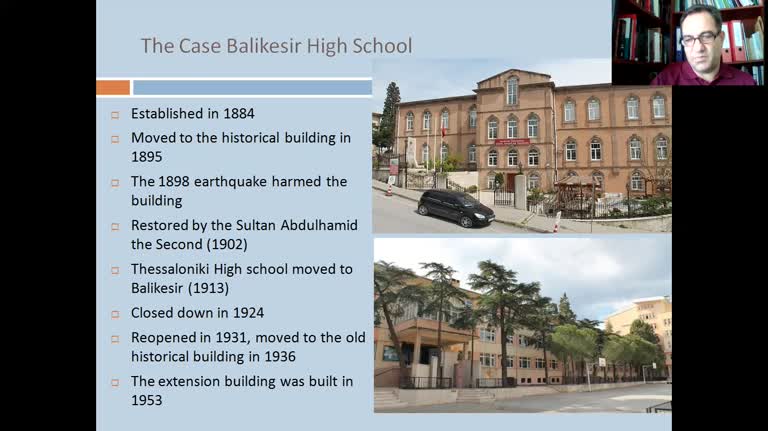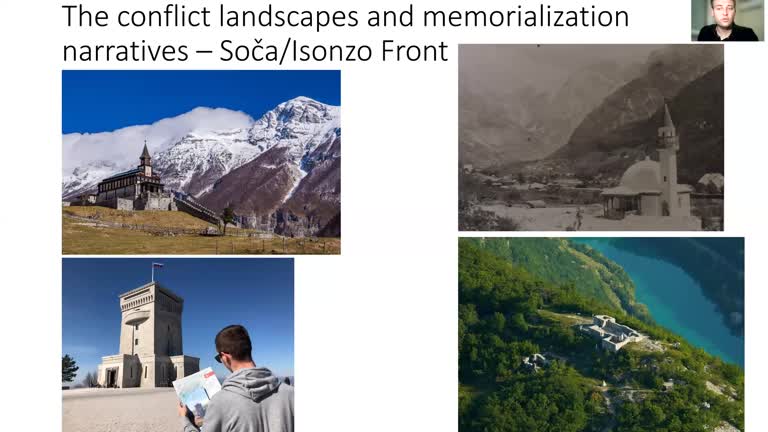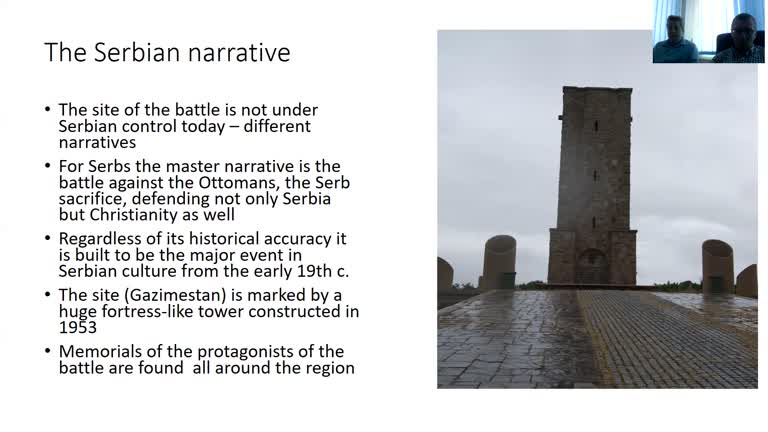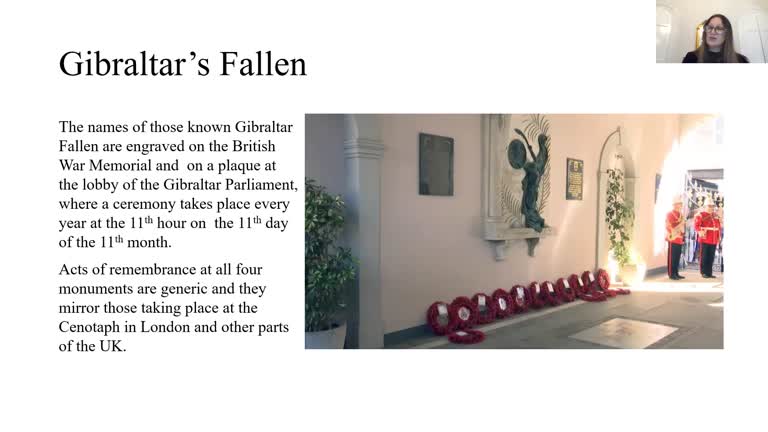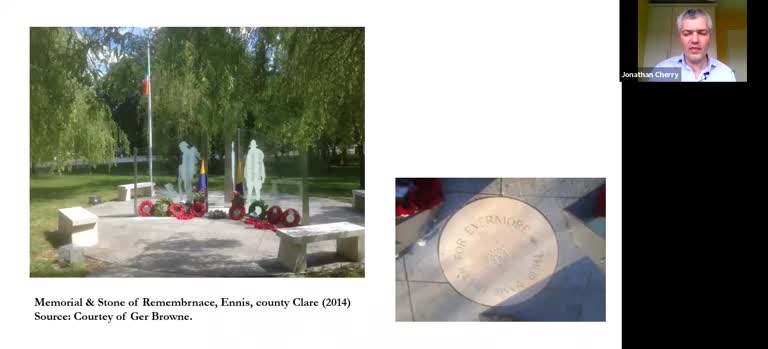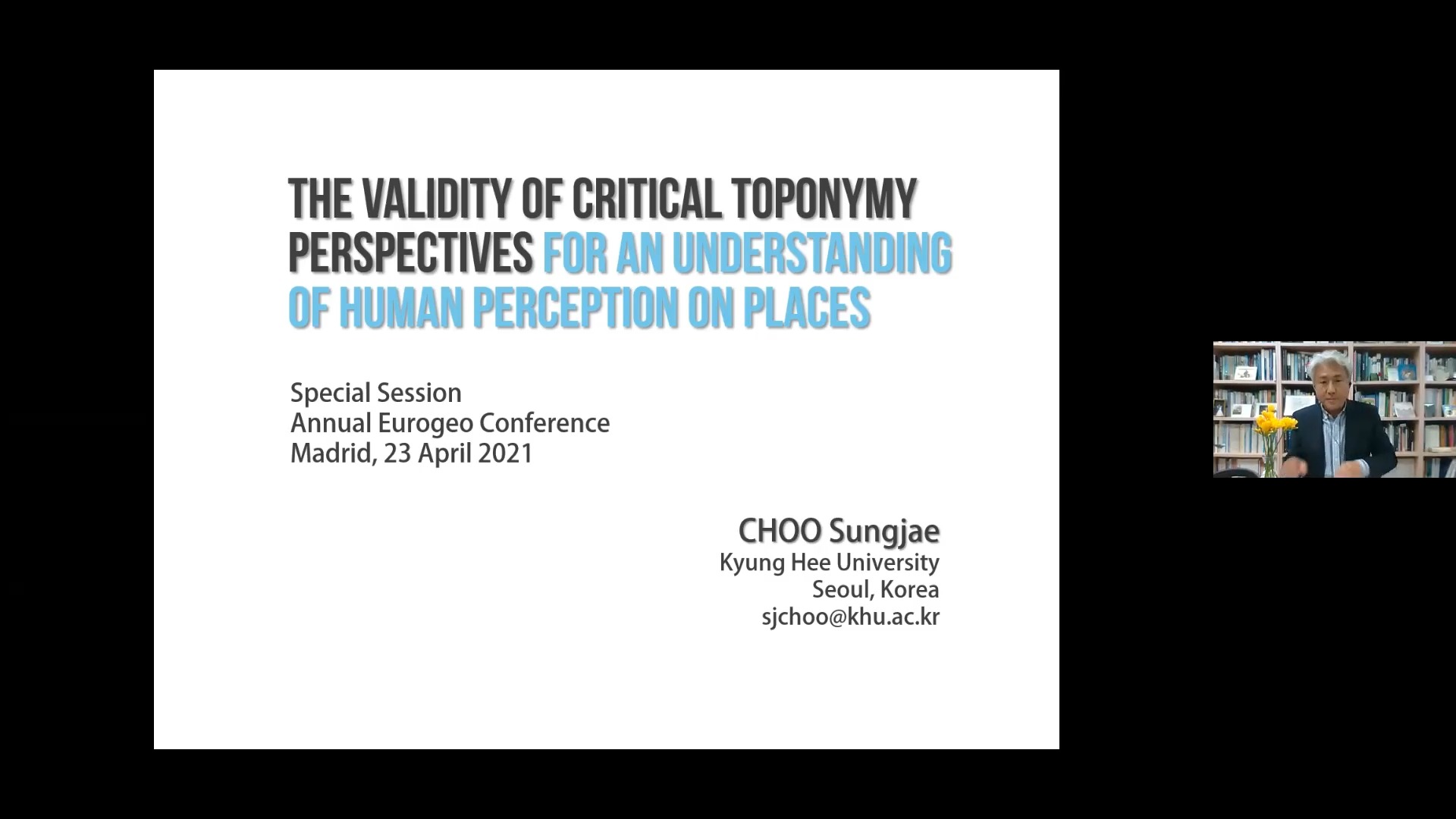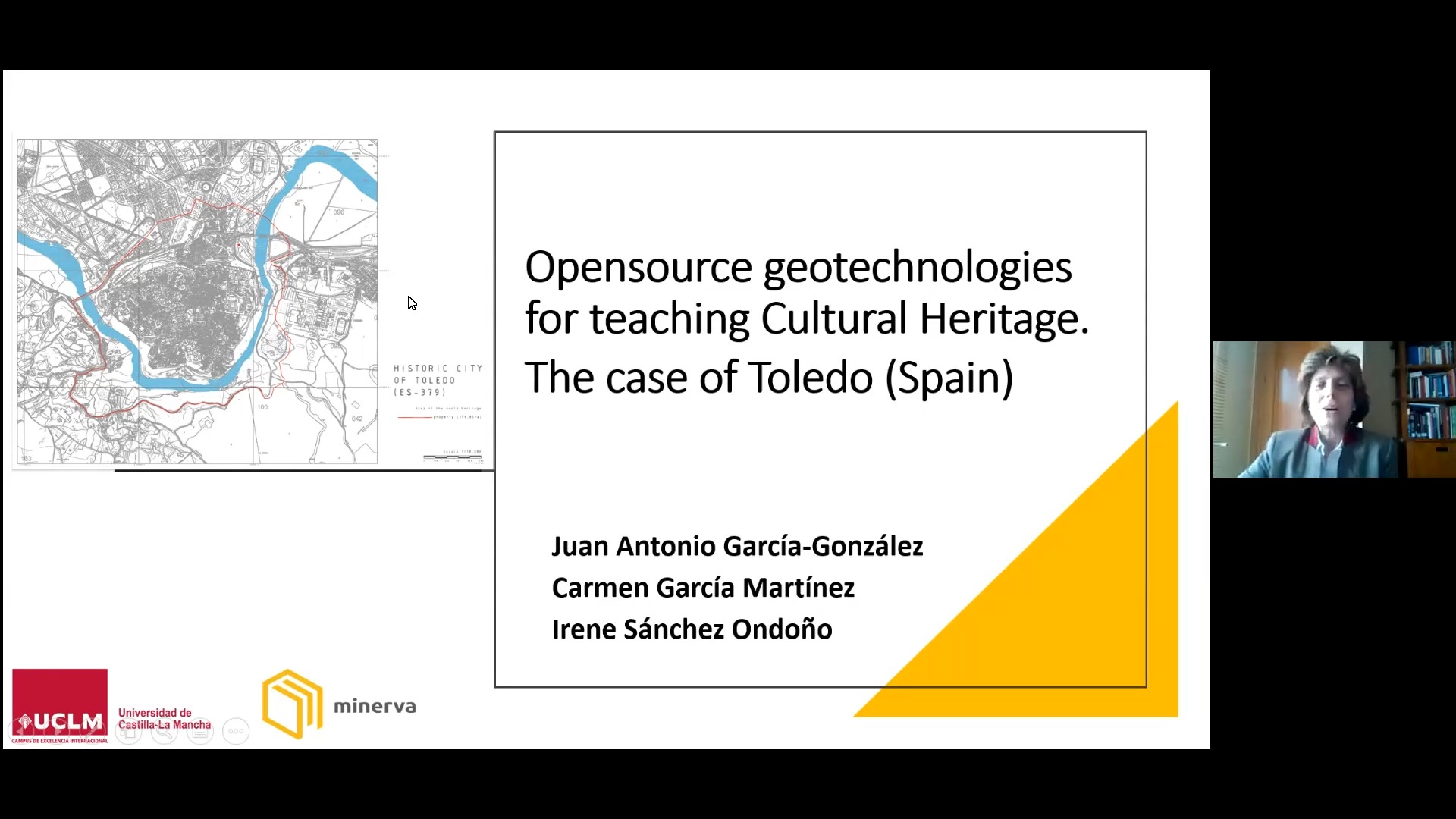From the Great War to Interwar Fortifications: Changing Narratives Attached to the Military Landscape in Western Slovenia
The military landscape of the Slovenian–Italian border region is the result of the First World War and the interwar years. In the study region, which encompasses the western part of present-day Slovenia, fighting took place on the Soča/Isonzo Front, 1915–1917. The front was the scene of one of the greatest battles between Austria-Hungary and Italy.
During the interwar period, the region was part of the Kingdom of Italy. During this time, the Italians built fortifications known as the Alpine Wall (Ital. Vallo Alpino). These ran along the new eastern Italian and western Yugoslav border. On the Yugoslav side, the Rupnik Line of fortifications was built to counter the Italian constructions.
Trails, monuments, and memorial places are physical reminders of this conflicting past. The narratives attached to these places are integrated into local and national discourses. In the past, major social conflict was associated with these memorials, but now they are being (re)constructed as tourist and hiking destinations. The research focuses on two places of memory in western Slovenia (i) the Walk of Peace trail, a 320 km route connecting outdoor museums, memorials, cemeteries, and other restored wartime sites with stories of the largely overlooked Soča/Isonzo Front, the easternmost section of the WWI Alpine or Italian Front. (ii) The second case study covers a series of memorial trails that run along the interwar border between Italy and Yugoslavia.
-
Peter Kumer Ministry of Education, Science and Sport, Ljubljana, Slovenia










